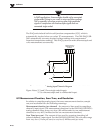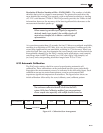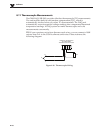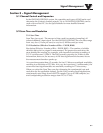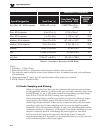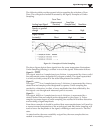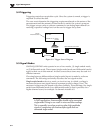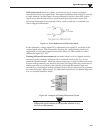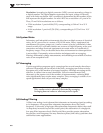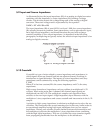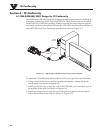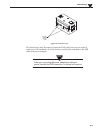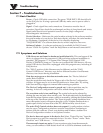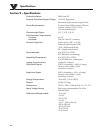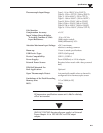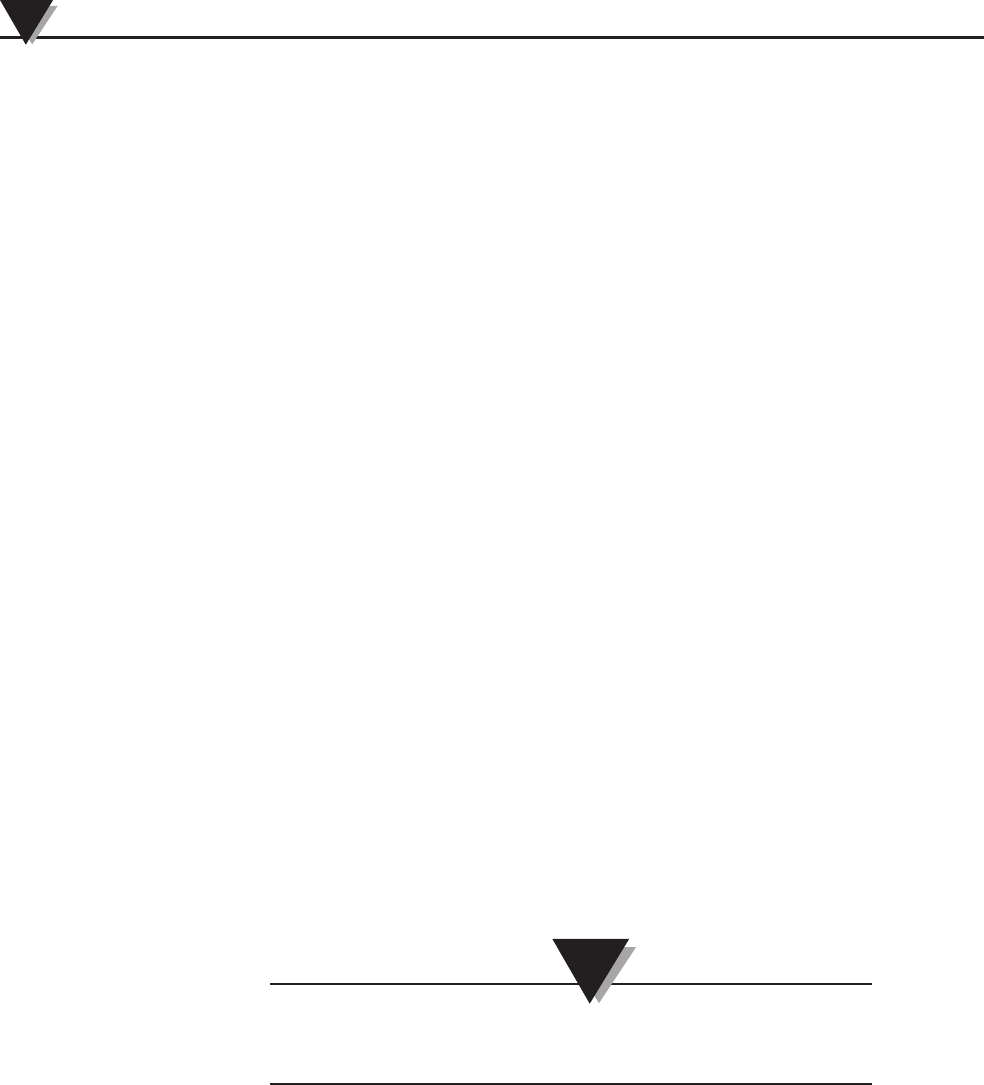
Resolution: An analog-to-digital converter (ADC) converts an analog voltage to
a digital number. The digital number represents the input voltage in discrete
steps with finite resolution. ADC resolution is determined by the number of bits
that represent the digital number. An n-bit ADC has a resolution of 1 part in 2n.
Thus, 12 and 16 bit resolutions are as follows:
• 12-bit resolution: 1 part in 4096 (212), corresponding to 2.44 mV in a 10 V
range.
• 16-bit resolution: 1 part in 65,536 (216), corresponding to 0.153 mV in a 10 V
range.
5.6 System Noise
Laboratory and industrial environments often have multiple sources of electrical
noise. An AC power line is a source of 50/60 Hz noise. Heavy equipment (air
conditioners, elevators, pumps, etc.) can be a source of noise, particularly when
turned on and off. Local radio stations are a source of high-frequency noise, and
computers and other electronic equipment can create noise in a multitude of
frequency ranges. Thus, an absolute noise-free environment for data acquisition
is not realistic. Fortunately, noise-reduction techniques such as averaging,
filtering, differential voltage measurement, and shielding are available to reduce
noise to an acceptable level.
5.7 Averaging
Certain acquisition programs apply averaging after several samples have been
collected. Depending on the nature of the noise, averaging can reduce noise by
the square root of the number of averaged samples. Although averaging can be
effective, it suffers from several drawbacks. Noise in measurements only
decreases as the square root of the number of measurements—reducing RMS
noise significantly may require many samples. Thus, averaging is suited to low-
speed applications that can provide many samples.
Only random noise is reduced or eliminated by averaging.
Averaging does not reduce or eliminate periodic signals.
5.8 Analog Filtering
A filter is an analog circuit element that attenuates an incoming signal according
to its frequency. A lowpass filter attenuates frequencies above the cutoff
frequency. Conversely, a high-pass filter attenuates frequencies below the cutoff.
As frequency increases beyond the cutoff point, the attenuation of a singlepole,
low-pass filter increases slowly. Multi-pole filters provide greater attenuation
beyond the cutoff frequency but may introduce phase (time delay) problems that
could affect some applications.
Signal Management
5
5-6
NOTE:



